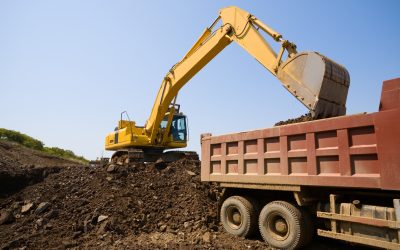Hydraulic systems are the most effective and efficient way to push, pull, lift or move a range of different equipment components and devices. Choosing the correct hydraulic cylinder for the job will be important to maximize the life of the cylinder and also to maximize the ability of the equipment to do the job.
There are several factors or application considerations that need to be kept in mind when choosing a cylinder. It is always better to choose a slightly larger cylinder than needed if there are any specifics on the cylinder that are right on the edge of your current needs. This gives additional flexibility in using the cylinder that would not be possible when the loads may slightly exceed expectations.
Load Capacity and More
The load that the hydraulic cylinder will need to lift or push needs to be carefully considered. Most cylinder manufacturers recommend a cylinder tonnage rating be at least 20% or more than what the load will be. This allows for overloading of the equipment without the risk of damage to the cylinder.
Telescoping or Standard
Depending on the type of application and the distance the cylinder will need to lift or push, a standard piston or a telescoping cylinder may be required. The standard cylinder will have a basic stroke length for the specific size of the cylinder.
A telescoping cylinder can extend significantly further as different sections of the piston fit into each other, extending the stroke length. It is important to carefully consider the load size with either option, but the longer the stroke length, the more risk there can be to bending or buckling when the cylinder is extended and is under load, and specifically when overloaded.
Single or Double Action
For lower capacity types of cylinders, single action is the lowest cost and the lowest maintenance type of hydraulic cylinder. It is also the easiest to operate with most types of equipment.
Double acting cylinders are best for heavy-duty applications as it allows the cylinder to be both raised and lowered through the use of the hydraulic system, providing optimal operator control.
The actual design of the cylinder may also need to be considered. Some cylinders have additional cushions that protect the end caps of the cylinder for rapid extension and retraction of the piston. This protects the cylinder from the pounding that this type of movement creates and extends the life of the cylinder significantly with these high-shock types of use applications.



